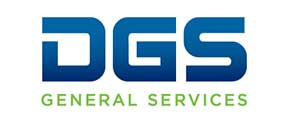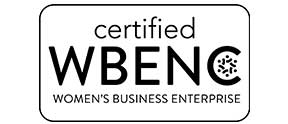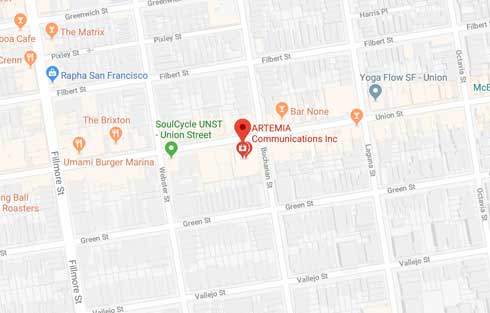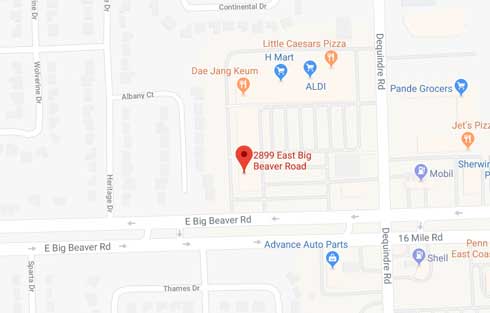BLOG CATEGORIES
SUBSCRIBE
FOR LATEST UPDATES
Sign up for our monthly newsletter with our latest offers,hot blogs and much more !


JOIN US
FOR CALL
Lets chat via skype to discuss your questions concerns, and project needs
TRENDING NOW
EXPERT INSIGHTS: ESG’s Role in Talent Management & Business Strategy
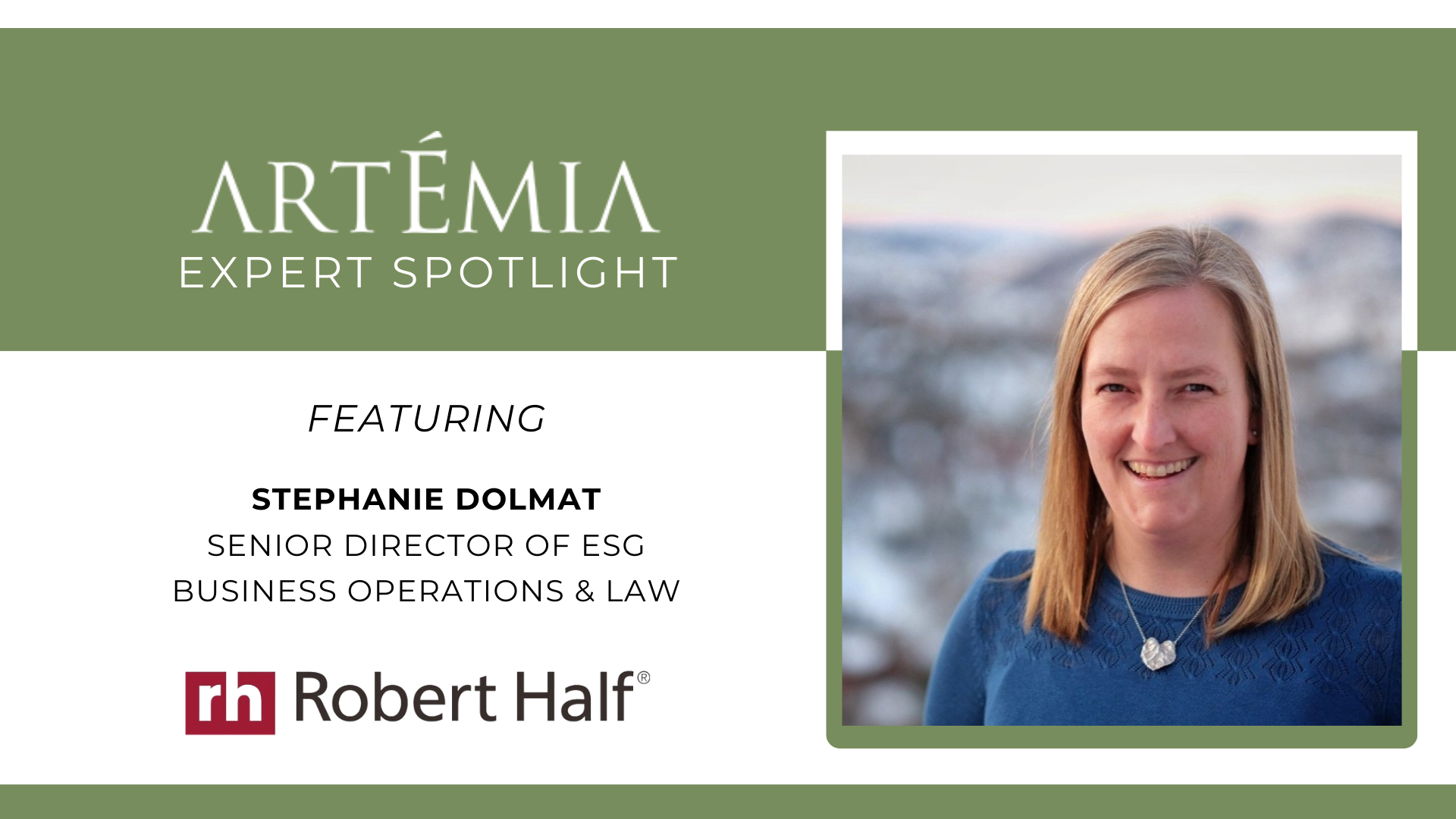
Our agency is embarking on a series of interviews with experts and thought leaders to gain insights into their industries and best practices. In this article, Stephanie Dolmat, Sr. Director of ESG at global talent solutions and consulting firm Robert Half, offers the inaugural insights, shedding light on how it impacts recruitment and retention.
“ESG means different things to different people,” said Stephanie. In her view, it’s not just about meeting regulatory requirements or investor expectations. “It’s really about a company’s license to operate in our world – it’s all about how we show up as trusted companies, respectively.”
Today, businesses are expected to have a multifaceted commitment to a diverse set of stakeholders. In this redefined paradigm, trust involves becoming a steadfast and reliable entity, not just to investors, but to every individual or community that interacts with the company.
That means going beyond checking boxes and “talking the talk,” she added, “How are you walking the walk?”
Evolving expectations
As this transformation unfolds, the significance of company values in talent management has witnessed an unprecedented surge. Modern professionals place a premium on ethical alignment, prioritizing it over traditional employment perks.
A survey conducted by Robert Half unveiled a compelling insight: a staggering 80% of workers now accord significant importance to a company’s DEI and ESG stance when evaluating employment opportunities.
Roughly a quarter of managers reported the most common candidate questions during interviews were about DEI (25%) and ESG (23%) programs.
Moreover, an increasing cohort of professionals doesn’t view a misalignment with a company’s values as just a warning sign but rather as a decisive factor in their employment decisions. In fact, another survey by Robert Half revealed that nearly 40% of respondents consider a disconnect with company culture and values to be a deal breaker.
This is unlikely to be a fleeting trend, as the workforce is increasingly dominated by Millennials and Gen Z, both known for their strong emphasis on values-based decision-making. According to Marsh McLennan’s “ESG as a Workforce Strategy,” these groups will make up 72% of the global workforce by 2029.
The report found that nearly 40% of millennials have accepted one job offer over another because that company was more environmentally sustainable. Furthermore, 48% have no qualms with speaking up to support or criticize their employer’s actions on social issues.
This quantitative validation underscores an irrefutable business case: Today’s professionals are not merely seeking employment; they actively seek affiliations with organizations where personal and organizational values align harmoniously.
Retention: Cultivating an ESG-Aligned Culture
While the initial acquisition of talent is crucial, retention is equally important. Stephanie emphasized the symbiotic relationship between a firm’s ESG values and its ability to nurture and retain top-tier talent. “Our employees are our most valuable stakeholders. Their feedback, insights and alignment with our ESG goals are the cornerstone of how we operate our business and ESG strategy,” she shares.
Organizations must foster an environment of continuous dialogue, enabling employees to actively contribute to, and shape, the company’s ESG journey. This not only fortifies employee engagement but also catalyzes innovation, driving both societal and business value.
In this regard, Stephanie highlights the invaluable role of employee surveys. While some may view them as routine tools, she champions them as mirrors reflecting a company’s genuine dedication to its values. These surveys serve as a feedback mechanism, capturing the organization’s pulse and revealing the extent to which ESG principles resonate at the grassroots level on everything from community and volunteer efforts to feeling a sense of belonging and inclusion to social and environmental efforts.
Employees are the most accurate barometer of a company’s ESG commitment, Stephanie said, they witness firsthand whether ESG pledges translate into actionable measures. In its Employee Engagement survey, Robert Half found that 94% of its employees feel that their workplace exemplifies positive values. Such a figure is not coincidental but a testament to deeply integrated ethical practices that foster a positive work environment, boosting morale and job satisfaction.
However, Stephanie cautions that surveys should not be seen as endpoints; instead, they act as stepping stones, guiding companies on their current standing and necessary course corrections. The true litmus test lies in how companies put their proclaimed values into daily practice, particularly in interactions with clients, shareholders, and employees. It involves translating survey feedback into concrete actions, ensuring that values are not merely discussed but integrated into every facet of corporate life.
“We have ensured transparency in our reports, sharing our employees’ perspectives on the company and outlining the subsequent actions we have taken in response,” Stephanie said.
This approach underscores proactive engagement. By inviting and acting upon feedback, businesses not only validate their credibility but also demonstrate their commitment to continuous improvement.
The Role of Effective Communications in ESG Strategy
Communication serves as the catalyst that ties the company’s internal processes with external perceptions, constructing a bridge between what a company does and how it is perceived in the market and among its stakeholders.
Internal communications in the context of ESG is about fostering a culture where all employees, regardless of their role or level, feel a sense of ownership and alignment with the company’s ESG initiatives. This empowers them to not only be effective brand ambassadors but also contribute to the continuous improvement of the ESG strategy, thus feeling integral to the company’s mission and journey.
Developing a narrative for external audiences is about presenting the company’s journey in a manner that is both genuine and resonant with varied stakeholders, which can range from investors and clients to the communities in which the company operates. The ESG story should authentically reflect the company’s commitment, challenges and milestones, providing a transparent view that builds trust.
Leveraging a consultancy for strategy and planning, operations, performance and improvement, and governance and reporting support is a good option for companies that might not have a dedicated ESG team. Global business consulting firm and Robert Half subsidiary, Protiviti, is one entity that provides solutions as well as a unique innovation center with experienced international and multicultural sustainability team partners. Stephanie herself partners closely with Protiviti on everything from staff augmentation of her ESG team, conducting internal audits of ESG data and information, to preparing for global ESG regulations. The path to partnering with leadership to define and implement strategies doesn’t have to be done alone and can be architected by leaning on organizations like Protiviti and ARTÉMIA.
Leveraging Diverse Communications Channels
The myriad of different stakeholders necessitates utilizing a variety of communication channels, each tailored to the specific audience. While investors might prefer detailed reports and regular updates through official communiqués, customers and the general public might engage more with stories backed by data and updates shared through social media, blogs, or email newsletters. Crafting the communication style and medium to suit the recipient is pivotal in ensuring the ESG message is not just transmitted but effectively received and understood.
Our team can help
Navigating the intricacies of ESG can be complex. Effectively communicating your commitments, actions, and progress to a diverse set of stakeholders adds another layer of challenge. Our agency is equipped to assist you in communicating your ESG efforts to all your key communities. From comprehensive reporting and engaging Employee Resource Groups (ERGs) to insightful surveys and impactful narratives, we’re here to ensure your message is both compelling and clear.
Are you interested in being featured in one of our blogs or would you like to suggest topics for future posts? Get in touch with us at service@artemia.com.

